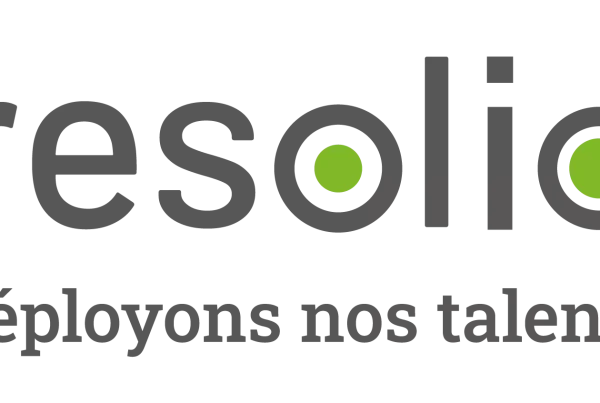Document type: Scientific article published in the Journal of zoo and aquarium research
Authors: Sarah Depauw, Leen Verbist, Jeroen Stevens, Marina Salas
Preview: This study prioritized positive affective states while modifying the feeding management of five giraffes at Zoo Planckendael and monitored the impact on indicators of both negative and positive welfare. Observations were conducted day and night over a 10-day winter period before and one year after implementing the following feeding management changes: 1) increased fibre and decreased sugar and starch content in the diet; 2) inclusion of five browse species year-round, accounting for a minimum 10% of total dry matter intake, including browse with thorns; 3) increased daily feeding frequency (from two to three times) of pellets, produce and browse, with the highest browse provision in the evening; and 4) all food offered required tongue manipulation. Results indicate improved positive welfare, with significant increases in daytime feeding (from 24.5% to 43.4% of observed time), night-time feeding (from 17.6% to 28.7%) and nocturnal rumination (from 26.7% to 38.7%), and the complete replacement of mouth feeding with tongue feeding. Oral abnormal repetitive behaviours decreased during the day (from 2.9% to 2.0%) and significantly decreased at night (from 1.0% to 0.6%). The absence of recumbency during the day might indicate negative welfare and warrants further investigation. Overall, the Five Domains animal welfare model proved valuable in optimising feeding strategies that promote positive affective states like pleasure, gastrointestinal comfort and engagement, which led to increased positive welfare in giraffes after implementing the new feeding management regime. Round-the-clock observations and positive welfare indicators provide broader insights into giraffe welfare, highlighting potential for future zoo nutrition research.






